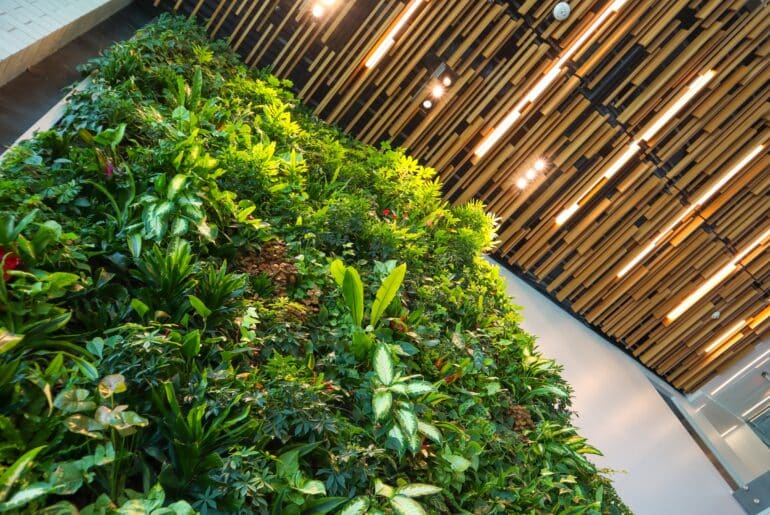“What will it take to achieve the sustainability goals of our project?” Stok’s Project Managers frequently gets this question, and it’s one we’ll answer based on your unique circumstances and needs.
Whether your project involves goals around carbon reduction, healthy indoor environments, or energy efficiency, it takes integrated planning. For Stok, our expertise in both Construction Management and Sustainability Consulting equips us to help our clients prepare a sustainability plan and manage expectations along the way.
Here are some Project Management pro tips to make your next LEED, WELL, Zero Energy, or Living Building Challenge project a success:
#1: EARLY PLANNING
Set a single target. Determine what’s truly important to the project. Set priorities and focus on only a few key goals (i.e. Zero Energy vs LEED vs LBC Materials Petal). Chasing multiple sustainability certifications adds complexity, which can impact everything from design, to systems selection, to submittal review, leading to extended schedules. We encourage clients to pursue only what matters to them, which isn’t always LEED Platinum (for Platinum’s sake). Once you know what matters to you, your Project Manager should help you determine how your internal goals best map to project applicability, cost control, and optimized sustainable performance.
As early as possible, onboard any necessary consultants. Getting your whole project team together and on the same page from the project outset will save a ton of headaches later on. Set up a kick-off meeting with the whole team, driven by your Project Manager and sustainability consultant, to ensure everyone clearly understands expectations.
#2: DESIGN & ENGINEERING
If sustainability is a priority, let it drive design, not the other way around. As with any project priority, the design team needs to take the sustainability goals very seriously from the beginning. Teams often wait too late to understand their project’s sustainability requirements, at which point achieving them becomes a greater challenge and cost. Items like finishes, equipment and appliances, MEP, natural lighting, and ventilation need to be collaboratively developed early to avoid complicated, expensive “fixes” later in the process.
Support your design team. Selection and review of sustainable and healthy materials-related products is gradually getting more streamlined, but it’s still a time-consuming process. Plan for this in your schedule and ensure the GC, architect, consultants, and owner have appropriate and aligned expectations. The architect most often benefits from expert help in specifying specialized LEED- or WELL-approved finishes. Leverage your sustainability consultant to work with the design team and GC to ensure items are spec’d early and that subs understand sustainability requirements when presenting options. This will save weeks of submittal back-and-forth in your master schedule.
#3: SCHEDULE
Stay high-touch in Design Development. Your sustainability team should meet with your design team (architect, MEP, lighting consultant, etc.) in DD to discuss specific sustainability requirements and review the pathway to achieving these goals. Make sure your consultant provides tools and resources for finding applicable materials and systems, as well as educates the team on how to use them effectively.
Start Verification & Review in Construction Documents. Many projects try to compress the entire sustainability process into the end of DD and in CD, which leads to stress, added costs, and undesired concessions. Instead, ensure that your sustainability action plan is in place and you are tracking those goals throughout CDs.
#4: Pricing
Be flexible. Sustainable products and efficient systems are not always more expensive. What often drives cost is conflicting requirements. There are often sustainable alternatives to a design feature that are cost neutral but that might require flexibility by the client and design team.
Budget accordingly. If flexibility is not an option, plan for a sustainability contingency in your master budget to cover for items that were not planned and priced early on.
With these considerations in mind, Project Managers are equipped to guide your project to setting and achieving its unique sustainability goals. If you want to discuss sustainable projects further with a Project Manager, reach out to our team!



